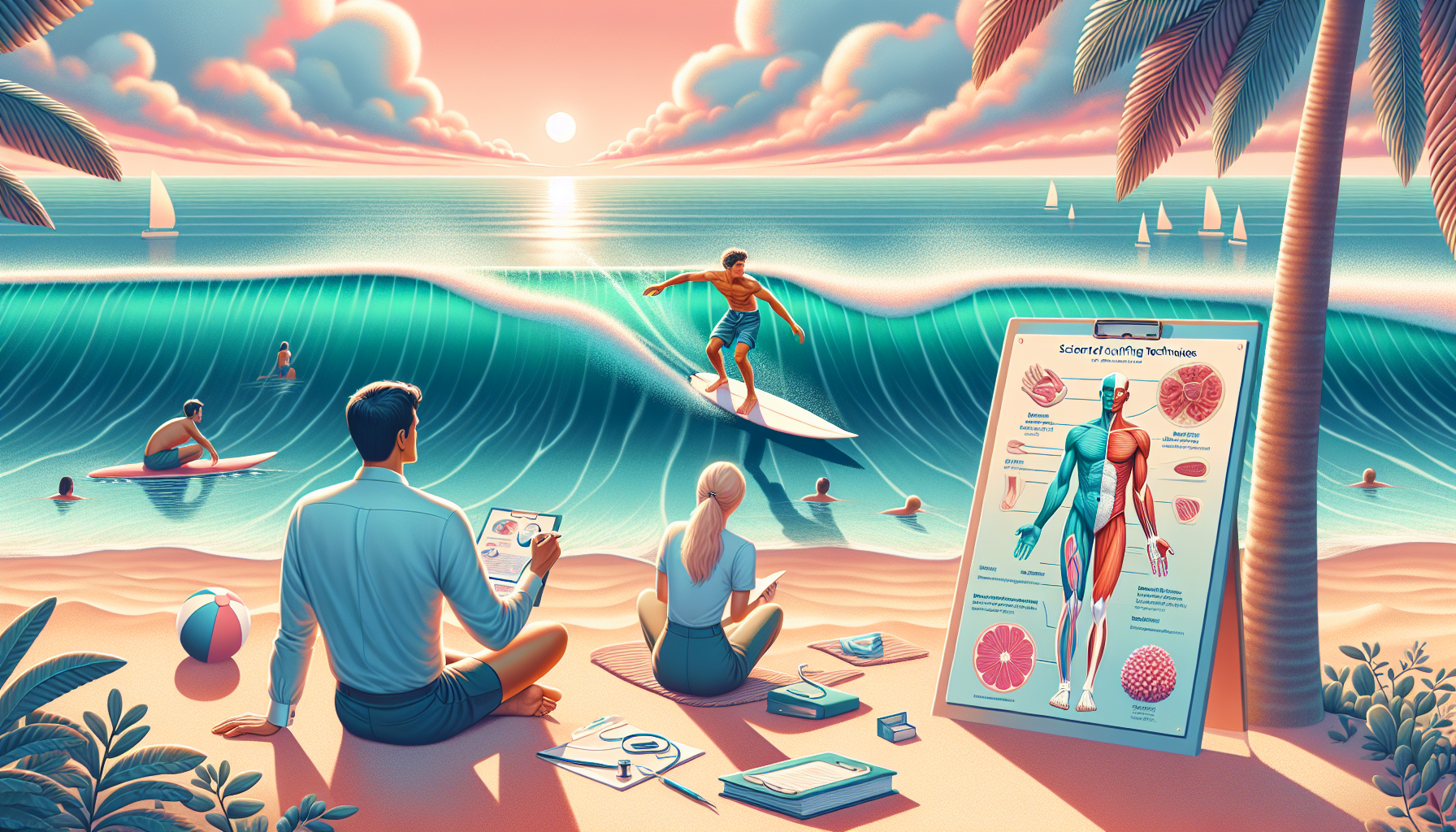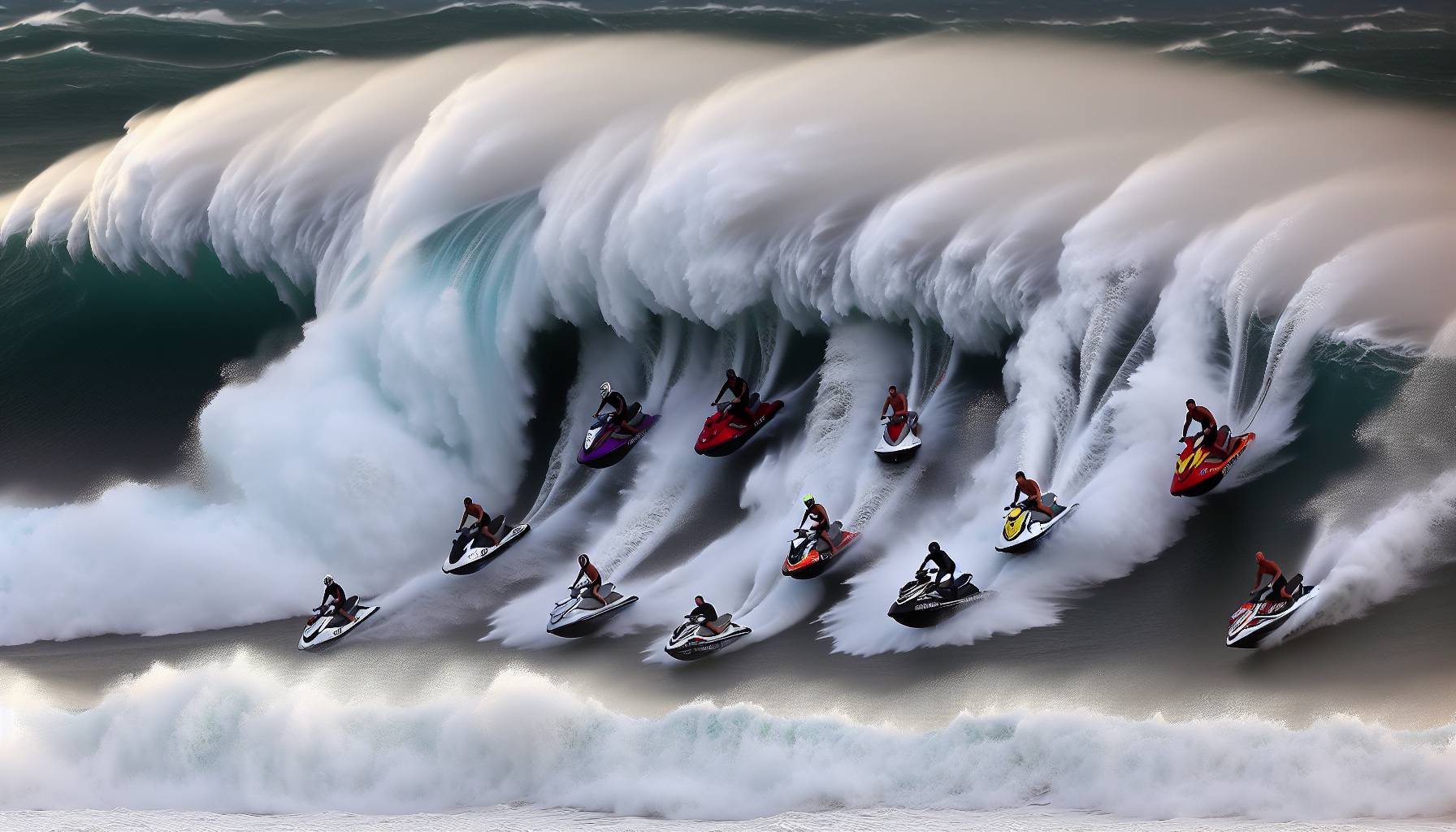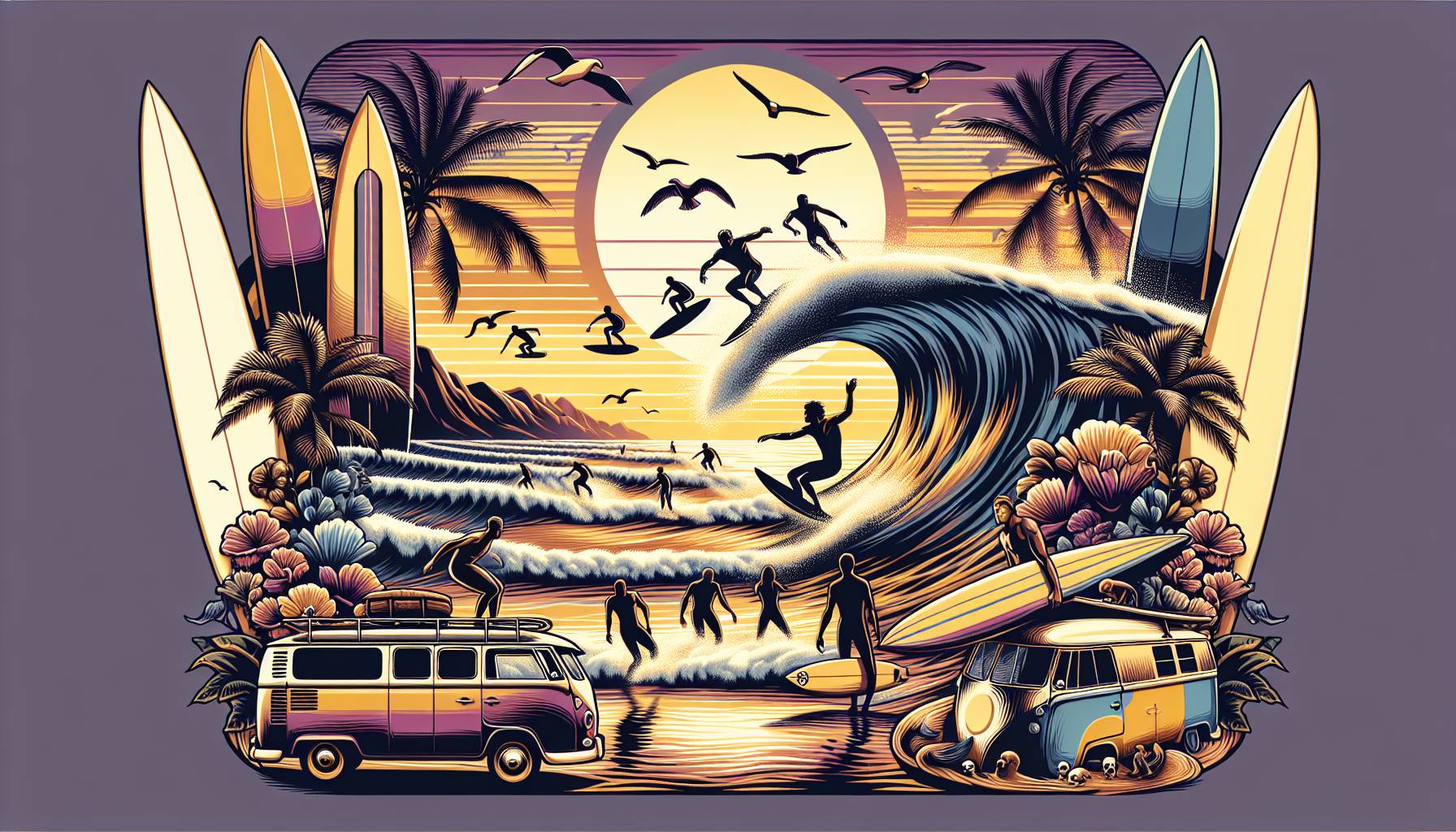
Understanding CliffsNotes
For those unfamiliar, CliffsNotes provide a concise summary of a book or concept, often serving as a lifesaver for students cramming for an upcoming test. These study guides break down complex ideas into digestible explanations, making them a go-to resource for anyone looking to grasp key points quickly. Originally created in the 1950s, CliffsNotes have since become synonymous with quick and efficient learning.
Each guide typically includes a summary of the main themes, character analyses, and critical insights, allowing readers to absorb essential information without having to sift through an entire book. While some educators frown upon their use, arguing that they encourage shortcuts rather than deep understanding, others see them as valuable tools for reinforcing knowledge and aiding comprehension.
Beyond literature, the concept of CliffsNotes has expanded into various fields, including business, science, and even pop culture. The term itself has evolved into a broader metaphor for any brief yet informative summary, helping people quickly get up to speed on a topic without unnecessary complexity.
The meaning of Cliff Notes in surfing
In the world of surfing, “Cliff Notes” take on an entirely different meaning. Rather than referring to study guides, the term is used to describe the crucial insights and observations surfers make when assessing a break near cliffs. These notes—whether mental or shared among fellow surfers—can mean the difference between an epic session and a dangerous wipeout.
Surfing near cliffs presents unique challenges and rewards. The way waves interact with the rocky coastline, the influence of wind patterns, and the presence of hidden hazards all play a role in shaping the surf conditions. Experienced surfers rely on their own version of “Cliff Notes” to navigate these environments safely and effectively.
Some key factors surfers consider when taking their own Cliff Notes include:
- Wave Reflection: Cliffs can cause waves to rebound, creating unpredictable secondary waves that can either enhance or disrupt a ride.
- Wind and Swell Direction: The way wind funnels around cliffs can dramatically affect wave quality, sometimes sheltering a break from onshore winds or amplifying offshore conditions.
- Entry and Exit Points: Unlike beach breaks, cliffside surf spots often require careful planning to paddle out and, more importantly, to get back in safely.
- Local Knowledge: Many of the best cliffside breaks are known only to those who have studied the area extensively or have been guided by seasoned locals.
For surfers tackling these spots, understanding the nuances of the break is essential. A miscalculation can lead to being caught inside with no easy escape or worse—being pushed dangerously close to the rocks. That’s why sharing Cliff Notes with fellow surfers can be a vital part of the experience, ensuring that everyone in the lineup has a better understanding of the conditions at hand.
While CliffsNotes in academics help students pass exams, Cliff Notes in surfing help riders master some of the most challenging and rewarding waves nature has to offer. Whether it’s a hidden gem along the Australian coastline or a well-known break with a steep drop, these insights are what separate the casual surfer from the truly seasoned waterman.
The influence of Dr.
Dr. [Last Name], a well-respected figure in the surfing community, played a pivotal role in popularising the concept of “Cliff Notes” among surfers. With a background in oceanography and years of experience navigating some of the most challenging breaks, Dr. [Last Name] recognised the importance of documenting and sharing key observations about cliffside surf spots. His insights have helped countless surfers approach these waves with greater confidence and awareness.
One of Dr. [Last Name]’s most significant contributions was his emphasis on reading the coastline like a map. He encouraged surfers to study the geological formations, noting how different rock structures influenced wave behaviour. By understanding how swells refract off cliffs and how underwater topography shapes the break, surfers could make more informed decisions about where and when to paddle out.
Beyond technical knowledge, Dr. [Last Name] also championed the idea of community-driven learning. He believed that sharing information about cliffside breaks wasn’t just about improving individual performance—it was about fostering a culture of safety and respect in the lineup. His approach inspired many local surf communities to develop their own informal “Cliff Notes,” passing down knowledge from one generation of surfers to the next.
Dr. [Last Name]’s influence extended beyond just the water. He frequently spoke at surf conferences and contributed to publications, advocating for a deeper understanding of ocean dynamics. His work has been particularly valuable in Australia, where rugged coastlines and powerful swells create some of the world’s most exhilarating yet dangerous surf spots. Thanks to his efforts, many surfers now approach these breaks with a heightened sense of awareness, ensuring they not only score great waves but also return safely to shore.
While the ocean remains unpredictable, the lessons imparted by Dr. [Last Name] continue to serve as a guide for those willing to take on the challenge of cliffside surfing. His legacy lives on in the way surfers observe, adapt, and respect the ever-changing conditions of the sea.
CliffsNotes vs. Cliff Notes
For those who spent their school years dodging actual reading, CliffsNotes were the ultimate cheat sheet—boiling down entire novels into bite-sized summaries. A lifesaver when an essay was due and the book was still sitting unopened on the desk. But in the world of surfing, “Cliff Notes” means something entirely different, and no, it’s not a shortcut to mastering the waves.
Out in the lineup, “Cliff Notes” aren’t about cramming last-minute knowledge; they’re about survival. These are the unwritten rules, the local intel, the whispered warnings passed between surfers who know the break like the back of their hand. They tell you where the rip will drag you, which rock shelf will eat your board, and when to paddle like your life depends on it—because sometimes, it actually does.
Unlike the study guides, there’s no neat little booklet for this kind of knowledge. You pick it up from the old salts, the locals who’ve been charging the same spot for decades. Ignore their advice, and you might find yourself in a situation that no amount of last-minute cramming can fix.
So while CliffsNotes might help you fake your way through a high school English exam, “Cliff Notes” in surfing are the real deal—less about passing a test and more about making sure you live to surf another day.
The surfing connection
Every surf spot has its own personality—some are friendly and forgiving, others are moody and downright dangerous. That’s where “Cliff Notes” come in. They’re the hard-earned lessons passed down from those who’ve learned the break the hard way. If you’re paddling out at a new spot, you’d better listen up, because the ocean doesn’t hand out second chances.
Take a place like Shipstern Bluff in Tassie—if you don’t know where to sit, you’ll either miss the wave or get launched straight into the infamous step. Or the slabs off the coast of WA, where one wrong takeoff means you’re getting introduced to the reef in a way you won’t forget. These aren’t the kind of things you figure out on your own unless you enjoy hospital visits.
Local knowledge is everything. The old boys on the beach might look like they’re just having a yarn, but they’re actually handing out gold. They’ll tell you which tide works best, where the sneaky rip will dump you, and which section of the wave will hold or close out on your head. Ignore them, and you’ll be the bloke getting fished out by the ski while everyone else shakes their heads.
And it’s not just about safety—it’s about respect. Rock up to a break without knowing the pecking order, and you’ll find yourself on the wrong end of a few stink-eyes. But show some patience, take the time to learn the “Cliff Notes,” and you might just earn yourself a few set waves and a nod from the locals. In the end, that’s worth more than any shortcut.

